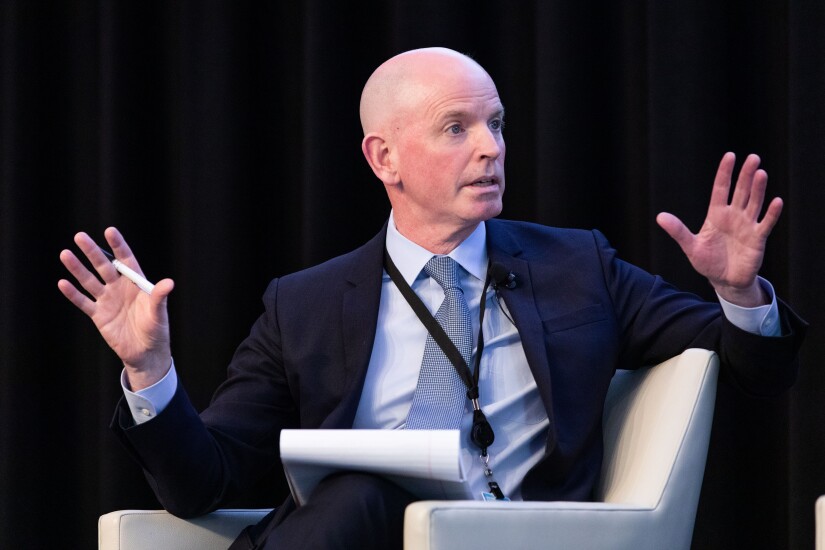Tim Bowler, president of ICE Mortgage Technology, draws on a wide range of capital markets experience to lead a key industry player with ties to the New York Stock Exchange.
Bowler has seen his share of business cycles in various roles, which span work on Wall Street in the 1990s to posts at the Treasury amid the Great Financial Crisis.

In a recent interview at the NYSE, Bowler explained how all this led him to his current role leading a division that brings together key industry systems Encompass, Surefire, MSP and more.
What follows is an interview with the ICE Mortgage Technology executive, condensed and edited for clarity.





